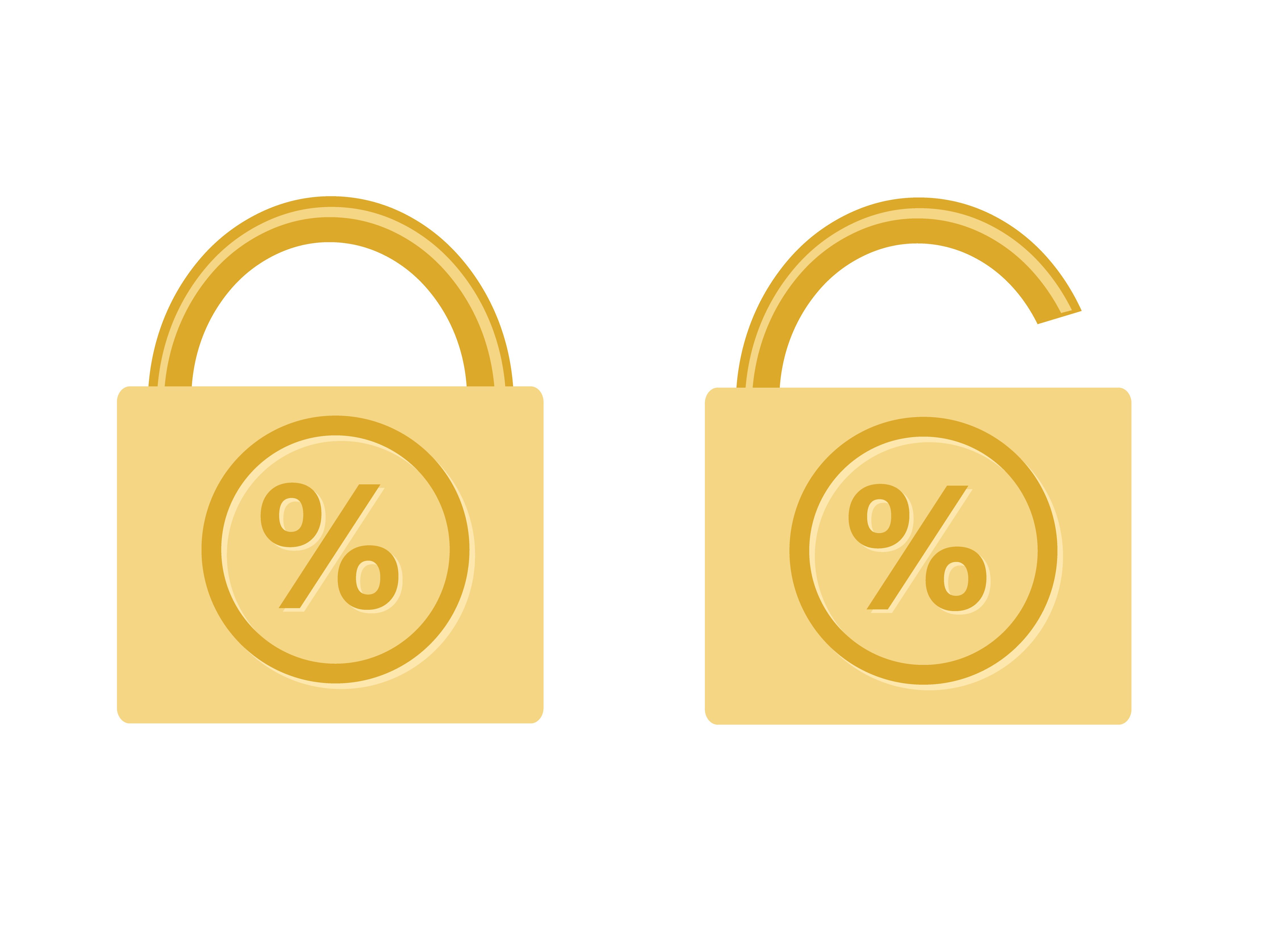Article
How to shop for a fixed-rate annuity so you’ll get the best deal
Author(s):
One annuity may pay more than twice as much as a similar one—comparison websites make shopping easy.

If you’re looking for a haven for your money, with a three-year fixed-rate annuity, you can choose one paying 2.00% annually or one paying 4.25%! Other than the rate, the two products are quite similar.
If you’re shopping for a five-year guarantee, available rates range from 2.60% to 4.65%, according to AnnuityAdvantage’s database of annuity rates.
Rates on annuities with the same term vary hugely. If you don’t shop around, you’ll almost certainly earn far less interest than you could. Unfortunately, many local annuity agents represent only a few annuity companies, sometimes just one.
Before I offer tips on how to shop around, here’s some background:
A fixed-rate deferred annuity (also called a multiyear guarantee annuity, or MYGA) resembles a bank certificate of deposit. It also pays a guaranteed rate of interest for a set term. Unlike CDs, annuities are tax-deferred. Issued by insurance companies, annuities aren’t federally insured like CDs, but state-mandated guaranty associations offer a level of protection.
While the rate isn’t the only factor in choosing an annuity, it is the single most important thing when other factors are equal. Here are the key considerations.
How long will your money be committed?
The term is the length of the annuity guarantee period. Most multiyear annuities go from two to 10 years.
Longer-term annuities usually pay more than shorter-term ones. But today, rate differences are not large. For instance, the top three-year annuity in our database now guarantees 4.25%. At seven years, you can get up to 4.72%, and at 10 years, 4.75%.
Is it worth tying up your money longer for a slight bump in the rate? It all depends on your situation and view of future interest rates. One solution is to put part of your money in a three-year annuity, for instance, and part in a five-, seven-, or 10-year contract. This is sometimes referred to as an annuity ladder.
How much can you take out while the policy is in force?
When the term ends, you’ll have the option of getting your principal plus all your accumulated interest back if you’ve reinvested interest. You can then take the proceeds in cash and pay taxes on the accumulated interest (assuming it’s a nonqualified annuity). However, you can continue to defer all taxes by rolling the money over into a new annuity at the same insurer or transferring it to a different insurer via a 1035 exchange.
What if you want or need some or all of your money back before the term ends? If it’s some of your money, you may not have a problem, since most annuities permit penalty-free partial withdrawals. Many let you withdraw up to 10% of the contract value annually, penalty-free. However, some annuities don’t have that provision and, in return, may pay a higher rate than a comparable annuity that offers more liquidity.
If you take out more than the contract allows during the penalty period, the insurer will levy a penalty. These surrender charges, and how they are applied, differ widely from company to company. However, they often start at 7% to 10% of the excessive withdrawal amount during the first year and decrease annually.
Some annuities let you surrender without penalty if you become totally disabled, are diagnosed with a terminal illness or are admitted to a nursing home for an extended period during the term.
Understanding the financial strength of life insurers
Life insurers issuing annuities are rated by AM Best for financial strength and ability to pay claims. Letter grades range from F to A++.
A lower-rated insurer may sometimes pay a higher rate. For example, in the examples at the start of this article, the insurer rated A- pays the lower rate, while the one with a B++ rating pays the higher rate. But sometimes a company with a higher rating will pay more or the same as a lower-rated carrier.
It’s a matter of personal comfort to some degree. Some people feel comfortable only with insurers that get at least an A or A- rating. Others may feel comfortable with lower-rated carriers. I recommend choosing companies rated B++ as the minimum and avoiding those rated B+ or lower.
Lesser-known (but first-rate) insurers often (but don’t always) pay higher rates than the biggest brand-name companies with more overhead and expensive advertising campaigns.
How to shop for the best deal
If you go to a local financial adviser or independent agent, he or she will probably show you products from a few insurers at most, maybe only one. You usually see only the annuity product(s) that he or she is used to presenting and wants you to buy.
If you are working with a bank or broker-dealer, the product selection will usually be even smaller. Their agents can sell only the limited number of annuity products the bank or broker-dealer makes available to them.
In other words, buying an annuity from a local, in-person salesperson dramatically reduces the odds you’ll get the best interest rate.
Shopping online lets you compare annuities from dozens of insurers and make apples-to-apples comparisons on rates and other features. There are several reputable sites in addition to my company, AnnuityAdvantage.
With a rate-comparison site, you can easily avoid poor deals and secure the best rate from a sound insurer. There are a few words of caution, though. Just because an annuity agent has a website doesn’t mean they are experienced or equipped to do business in all states. Look for a site where the agency is licensed in all states and represents a large number of insurance companies.
Once you’ve looked at rates and done some initial comparisons, you can speak to an agent, articulate your goals and see how available products would fit your needs. Ask, too, about ongoing service after you’ve bought the annuity. Long-term relationships matter.
Your services should not end with the annuity sale. A good agent should do annual reviews; inform clients of any AM Best ratings changes with the issuing insurance company; assist with beneficiary changes, death claims and annuitization if desired; and consult with the client before the end of the initial guarantee term regarding renewal opportunities with the current insurance company or better rates with other companies. And you should be able to reach a live person on the phone anytime you call with questions.
Ken Nuss is the founder and CEO of AnnuityAdvantage, a leading online provider of fixed-rate, fixed-indexed, and lifetime income annuities. Ken is a nationally recognized annuity expert and widely published author. A free rate comparison service with interest rates from dozens of insurers is available at https://www.annuityadvantage.com or by calling (800) 239-0356. There are no fees or charges for the firm’s services; 100% of the client’s money goes to work for them in their annuity.





